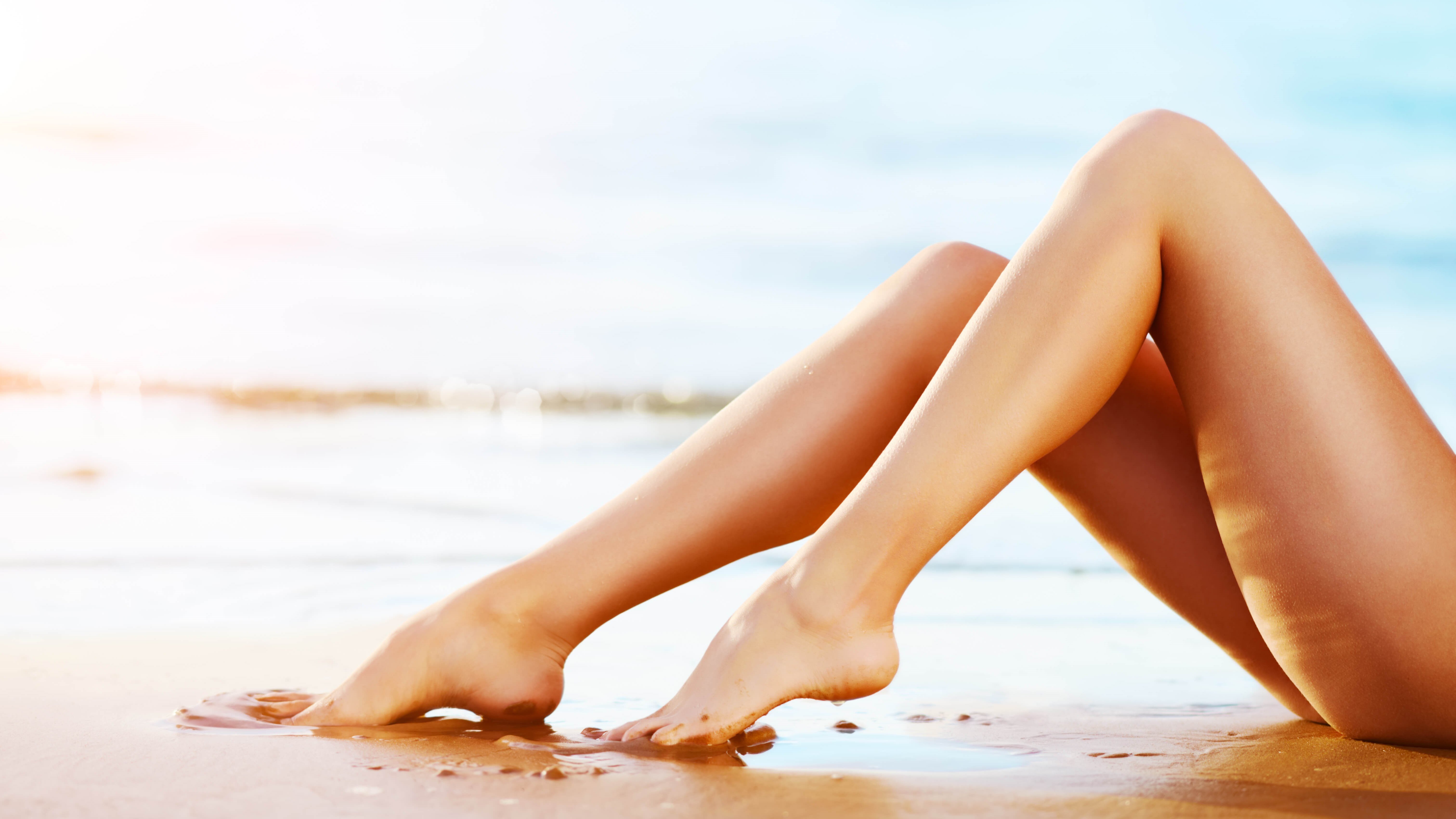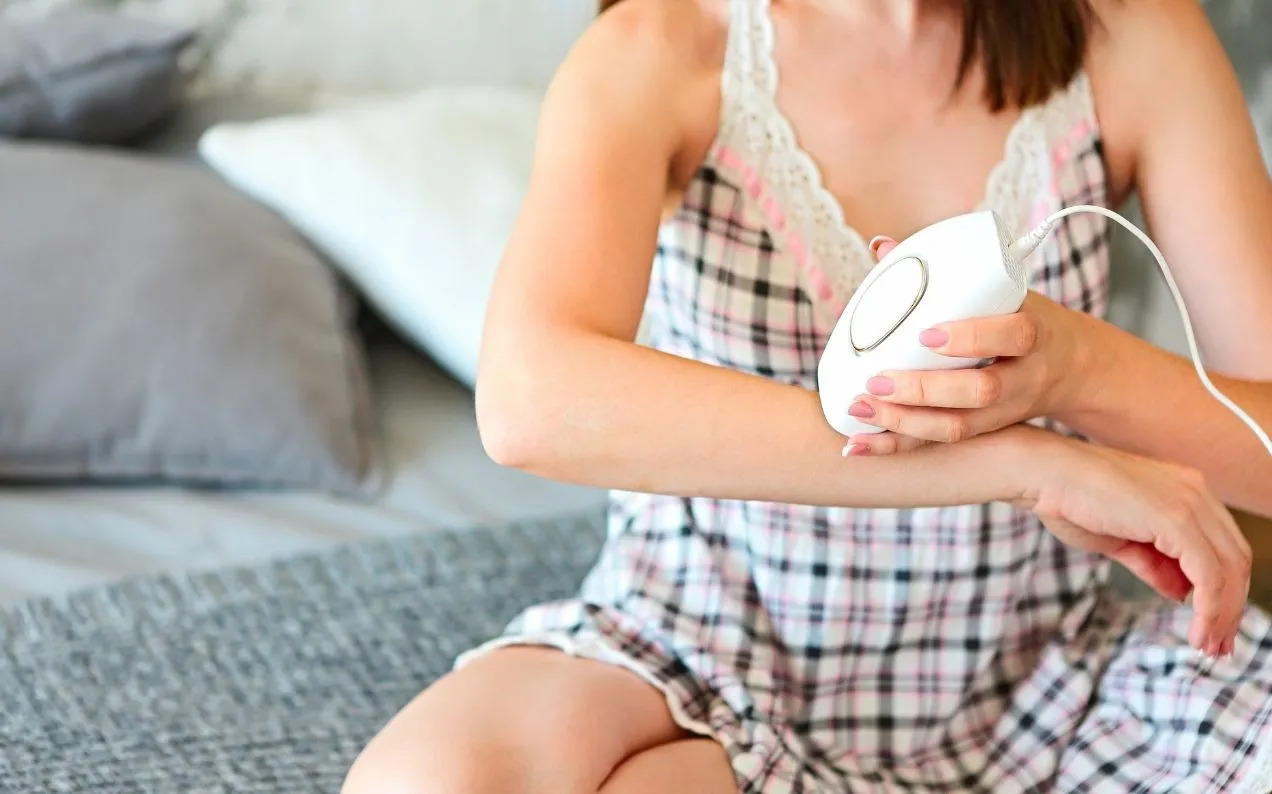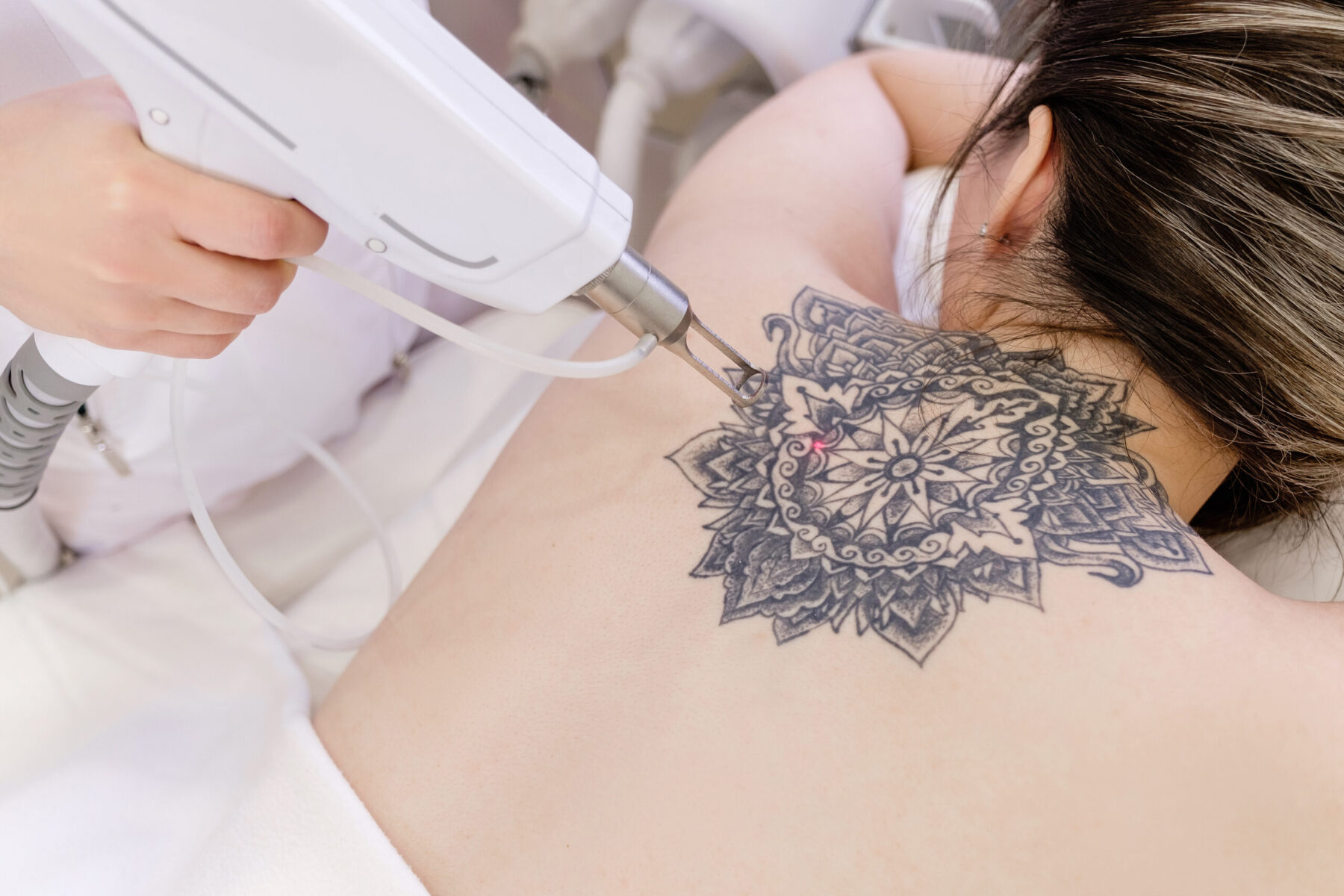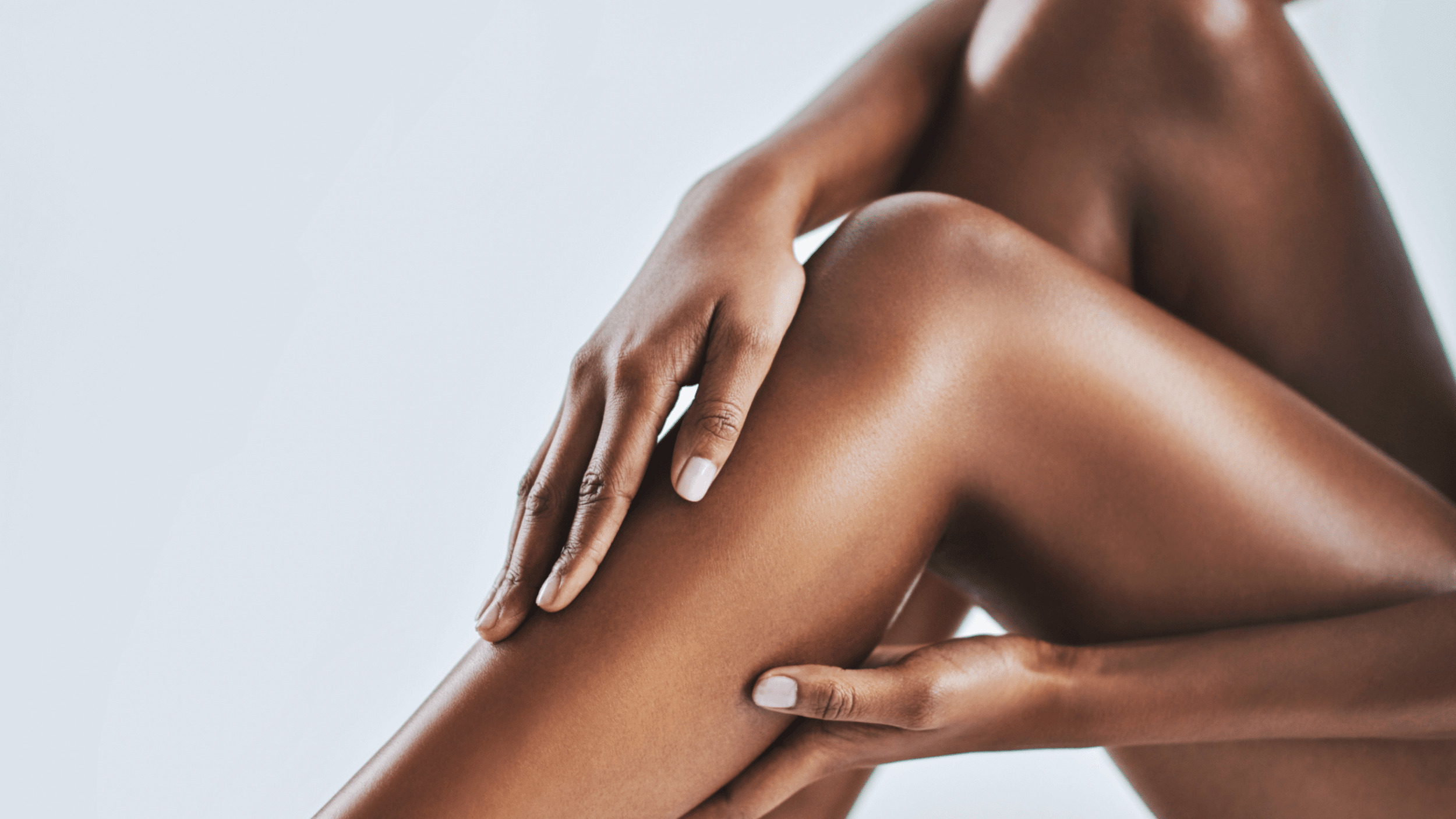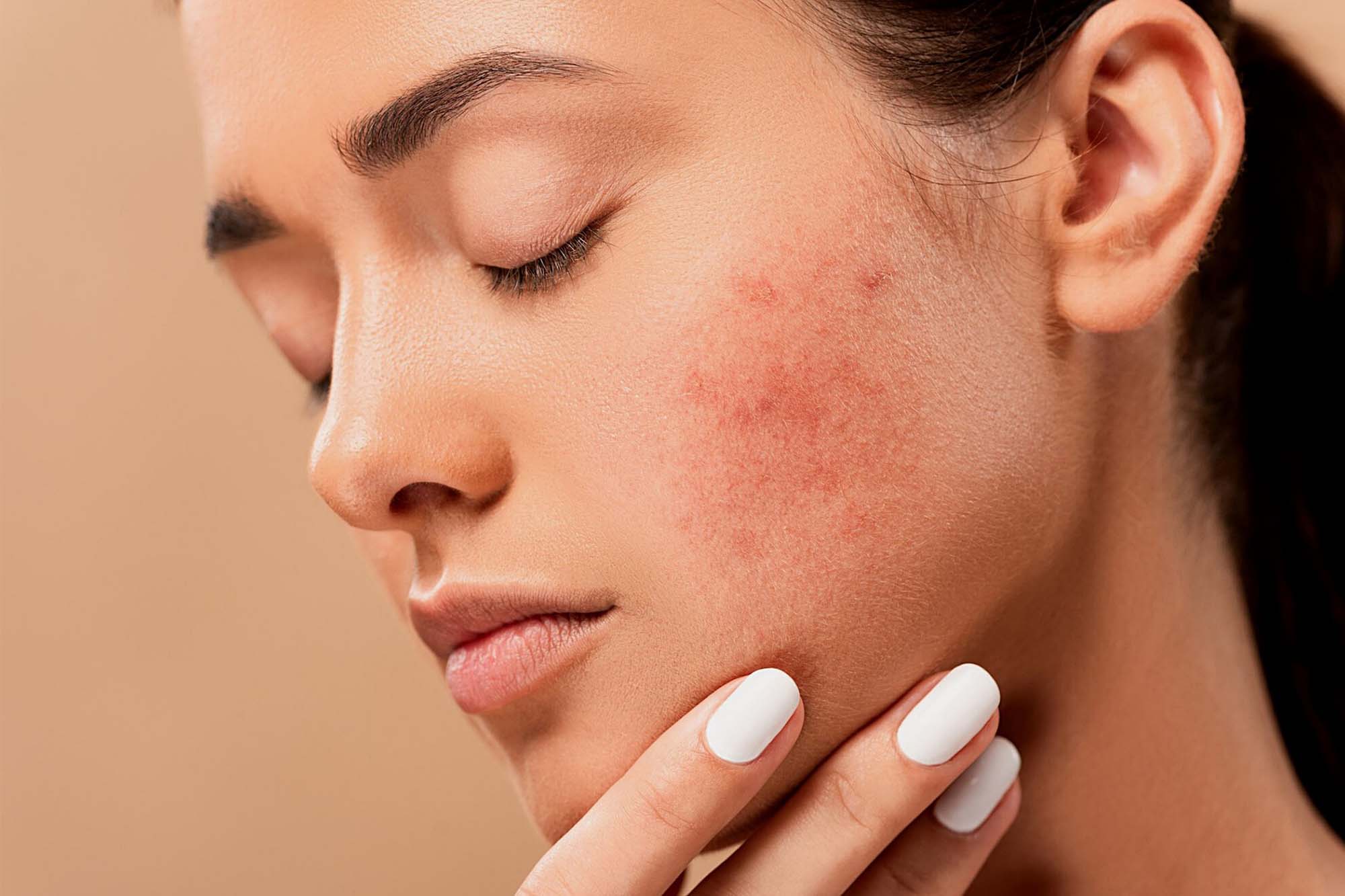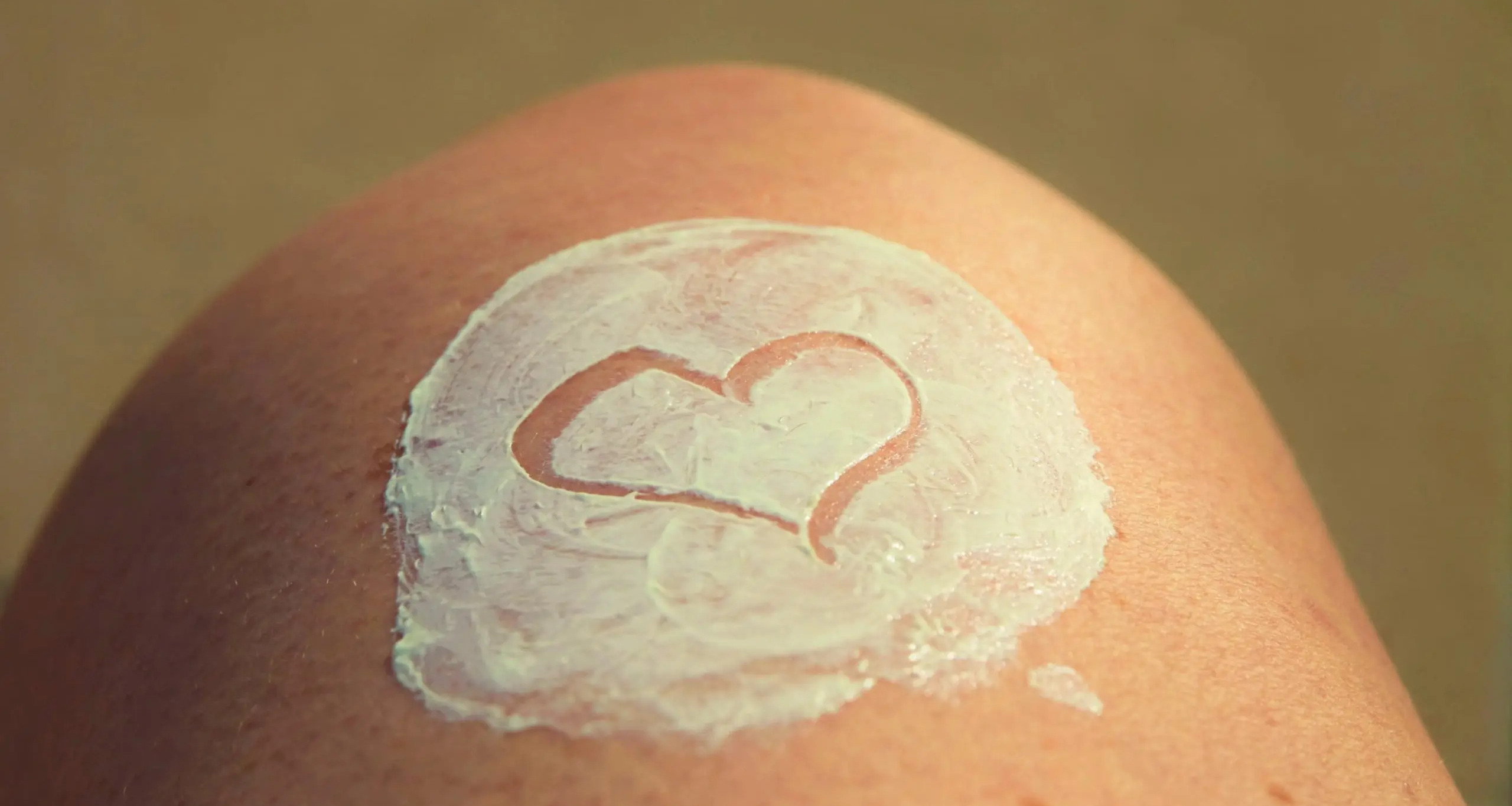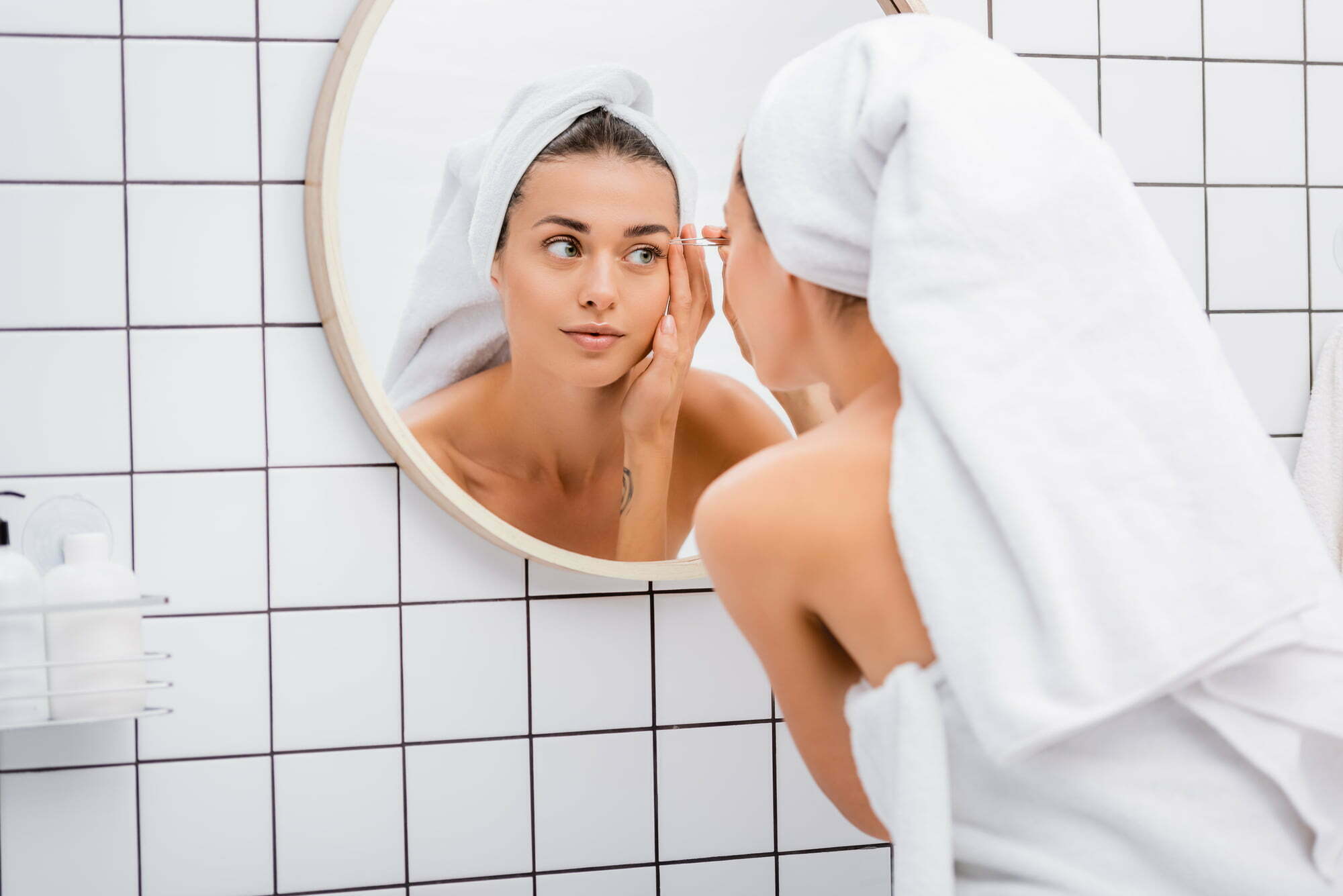

FAQs
When Can You Shower After Laser Hair Removal
Modified: August 5, 2023
Find out when it's safe to shower after laser hair removal. Get answers to all your general questions about post-treatment care.
(Many of the links in this article redirect to a specific reviewed product. Your purchase of these products through affiliate links helps to generate commission for Under-tec.com, at no extra cost. Learn more)
Table of Contents
Introduction
Laser hair removal is a popular and effective method for long-term hair reduction. As with any cosmetic procedure, it is essential to follow proper aftercare instructions to optimize results and minimize potential side effects. One common question that often arises after laser hair removal treatment is, “When can I shower?” In this article, we will explore the ideal timing for showering after laser hair removal and provide helpful tips to ensure a smooth recovery process.
Before diving into post-treatment showering guidelines, let’s quickly understand how laser hair removal works. This procedure involves directing concentrated beams of light into hair follicles, which are then absorbed by the pigment in the hair. The absorbed light energy transforms into heat, thereby damaging the hair follicle and inhibiting further hair growth.
After undergoing a laser hair removal session, the treated area may experience some redness, swelling, and sensitivity. These side effects are temporary and typically disappear within a few hours to a couple of days. To ensure the best possible outcome and minimize the risk of complications, it is crucial to follow the recommended aftercare instructions provided by your laser technician or dermatologist.
Now, let’s delve into the topic of when it is safe to take a shower after laser hair removal. It is important to note that the immediate post-treatment period is crucial for the healing process, and proper care should be taken to avoid any disruption or irritation to the treated area. However, it is generally safe to shower within a specific timeframe after the procedure, provided you take necessary precautions.
How Laser Hair Removal Works
Laser hair removal is a popular cosmetic procedure that offers a long-term solution for reducing unwanted hair growth. It works by utilizing a laser device that emits highly concentrated light beams onto the targeted area of the skin. The light energy is absorbed by the pigment in the hair follicles, ultimately leading to their destruction.
The process of laser hair removal relies on the principle of selective photothermolysis. This means that the laser targets the dark pigment (melanin) in the hair follicles while leaving the surrounding skin unharmed. As the light energy is absorbed by the melanin, it heats up and damages the hair follicle, inhibiting its ability to produce new strands of hair.
It is important to note that laser hair removal is most effective on individuals with dark hair and light skin. This is because the contrast between the color of the hair and skin allows the laser to more precisely target the hair follicles. However, advancements in technology have made laser hair removal accessible to a wider range of skin tones and hair colors.
The success of laser hair removal depends on several factors, including the hair’s growth phase and the thickness and color of the hair. Since hair grows in cycles, multiple treatment sessions are typically required to target and treat all the hair follicles during their active growth phase. Generally, six to eight sessions are recommended for optimal and long-lasting results.
Laser hair removal is commonly performed on areas such as the legs, arms, underarms, bikini line, and face. It offers numerous advantages over traditional hair removal methods, including waxing or shaving. Laser treatments are efficient, precise, and provide longer-lasting results, making them an attractive option for many individuals looking to reduce unwanted hair growth.
It is important to consult with a qualified and experienced laser technician or dermatologist before undergoing laser hair removal. They will assess your individual needs, skin type, and hair color to determine if you are a suitable candidate for the procedure. Additionally, they will provide you with detailed pre and post-treatment instructions to ensure the best possible outcome.
Aftercare Instructions
Proper aftercare is essential for maximizing the benefits of laser hair removal and reducing the risk of complications. Following the treatment, your laser technician or dermatologist will provide you with specific instructions tailored to your needs. Here are some general aftercare guidelines to keep in mind:
- Avoid sun exposure: It is crucial to minimize sun exposure to the treated area for at least a week following the procedure. The skin may be more sensitive and prone to sunburn, so make sure to wear protective clothing and apply a broad-spectrum sunscreen daily.
- Avoid heat treatments: Stay away from hot baths, saunas, steam rooms, and activities that induce excessive sweating for at least 48 hours after laser hair removal. Heat can exacerbate skin irritation and increase the risk of adverse reactions.
- Avoid harsh skincare products: Refrain from using harsh chemicals, exfoliants, or strong skincare products on the treated area for a few days. Instead, opt for gentle cleansers and moisturizers to keep the skin hydrated and soothe any potential redness or inflammation.
- Avoid picking or scratching: It is essential to resist the temptation to pick or scratch the treated area, as this can increase the risk of infection and disrupt the healing process. Allow the skin to heal naturally and avoid any unnecessary irritation.
- Keep the area clean: Gentle cleansing of the area with a mild soap or cleanser is encouraged. However, it is important to avoid rubbing or scrubbing the treated area vigorously. Pat dry with a clean towel instead of rubbing to avoid any potential irritation.
- Avoid applying makeup: If the laser hair removal treatment was performed on the face, it is advisable to skip applying makeup for at least 24 hours. This helps to prevent any unwanted chemicals or irritants from entering the freshly treated skin.
- Follow post-treatment instructions: Your laser technician or dermatologist will provide you with specific post-treatment instructions, including any necessary medications, creams, or ointments. It is important to follow these instructions diligently to ensure proper healing and optimal results.
By following these aftercare instructions, you can promote effective healing, minimize the risk of complications, and achieve the best possible results from your laser hair removal treatment.
Immediate Post-Treatment Period
Right after a laser hair removal session, it is common to experience some immediate side effects. These can include redness, swelling, and a mild stinging or burning sensation in the treated area. These effects are temporary and should subside within a few hours to a couple of days.
During the immediate post-treatment period, it is important to take certain precautions to ensure proper healing and minimize any discomfort. Here are some guidelines to follow:
- Apply a cold compress: Applying a cold compress or ice pack to the treated area can help reduce redness, swelling, and any discomfort. Wrap the ice pack in a clean cloth and gently apply it to the skin for short periods at a time.
- Avoid touching or rubbing the area: It is crucial to avoid touching or rubbing the treated area unnecessarily. This can introduce bacteria to the skin or cause irritation, potentially leading to infection or skin damage.
- Avoid applying skincare products: For the first 24 to 48 hours after laser hair removal, it is best to avoid applying any skincare products, including lotions, creams, or perfumes. The skin may be sensitive and more susceptible to irritation during this time.
- Avoid excessive heat: Avoid activities that generate heat, such as hot showers, saunas, or steam rooms. Heat can further irritate the skin and prolong the healing process.
- Avoid strenuous exercise: It is recommended to refrain from engaging in strenuous exercise or activities that cause excessive sweating for at least 24 to 48 hours after the treatment. Sweat can further irritate the treated area and potentially lead to complications.
- Wear loose and comfortable clothing: To minimize friction and irritation, wear loose-fitting and breathable clothing after laser hair removal. Tight clothing can rub against the treated area and cause discomfort.
It is important to remember that everyone’s skin reacts differently to laser hair removal. While some individuals may experience minimal side effects, others may have more pronounced reactions. If you have any concerns or if the side effects worsen or persist, it is advisable to consult with your laser technician or dermatologist for further guidance.
By following these immediate post-treatment guidelines, you can optimize the healing process and minimize any potential discomfort or complications.
When to Shower After Laser Hair Removal
After receiving laser hair removal treatment, one common question that arises is when it is safe to take a shower. The timing for showering after laser hair removal can vary depending on individual factors, including the sensitivity of your skin and the specific advice given by your laser technician or dermatologist. Here are some general guidelines to follow:
It is typically recommended to wait at least 24 to 48 hours before taking a shower after laser hair removal. This allows the treated area to heal and reduces the risk of any potential irritation or complications. However, it is important to note that this time frame may vary based on the type of laser used and the area being treated.
During the initial 24 to 48 hours, it is best to avoid hot showers and vigorously scrubbing the treated area. Instead, opt for lukewarm water and gently pat the skin dry after showering. Avoid using abrasive washcloths or loofahs that can potentially irritate the skin.
If your laser technician or dermatologist provides specific post-treatment instructions regarding showering, it is important to follow their recommendations. They may advise you to delay showering for a longer period or provide additional precautions based on the individual circumstances of your treatment.
It is worth mentioning that keeping the treated area clean is crucial for preventing any potential infections. Therefore, even during the initial waiting period, it is essential to maintain good hygiene by gently cleansing the area with a mild soap or cleanser and avoiding any excessive rubbing or scrubbing.
Once the initial waiting period has passed, you can resume your regular showering routine. However, there are still precautions to keep in mind. Avoid using hot water, as it can further irritate the skin. Opt for lukewarm water instead. Additionally, be gentle when washing the treated area and avoid any harsh exfoliants or scrubs that can potentially disrupt the healing process.
If you are uncertain about when it is safe to shower or have any concerns about post-treatment care, it is always best to consult with your laser technician or dermatologist. They can provide you with personalized advice based on your specific circumstances.
Remember, proper aftercare is essential for achieving optimal results and minimizing the risk of complications. By following the recommended guidelines and taking necessary precautions, you can ensure a smooth recovery process and enjoy the long-term benefits of laser hair removal.
Precautions to Take While Showering
While showering after laser hair removal, it is important to take certain precautions to protect the treated area and promote proper healing. Here are some key precautions to keep in mind:
- Use lukewarm water: Avoid hot showers or baths, as the heat can cause further irritation to the treated area. Opt for lukewarm water instead, which is gentler on the skin and less likely to exacerbate any sensitivity.
- Gently cleanse the area: Use a mild, fragrance-free cleanser or soap to clean the treated area. Avoid harsh scrubbing or rubbing, as this can irritate the skin and disrupt the healing process. Instead, gently pat the area dry with a clean towel.
- Avoid exfoliation: Refrain from using any exfoliating scrubs, loofahs, or washcloths on the treated area for at least a week after laser hair removal. Exfoliation can be too abrasive for the healing skin and may cause irritation or discomfort.
- Avoid harsh chemicals and fragrances: Steer clear of harsh skincare products, fragrances, and perfumes in the shower. These can potentially irritate the treated area and interfere with the healing process.
- Be mindful of water pressure: Pay attention to the water pressure in the shower. High-pressure water streams may cause discomfort or pain on the treated area. If necessary, adjust the showerhead to a gentler setting or aim the water away from the treated area.
- Pat dry instead of rubbing: After showering, avoid rubbing the towel against the treated area. Instead, gently pat the skin dry to prevent any unnecessary friction or irritation.
- Avoid tight clothing: It is advisable to wear loose-fitting clothing after showering to prevent friction and irritation on the treated area. Tight clothing can rub against the skin and potentially cause discomfort or delay the healing process.
- Avoid excessive toweling: While drying off, be gentle and avoid excessive toweling of the treated area. Vigorous rubbing can cause irritation or damage to the healing skin.
By following these precautions, you can ensure that your showering routine after laser hair removal is gentle on the treated area, promotes proper healing, and minimizes any potential complications.
Tips for Showering After Laser Hair Removal
Showering after laser hair removal can be a straightforward process if you follow some helpful tips to ensure proper care and healing of the treated area. Here are some tips to keep in mind:
- Follow post-treatment instructions: It is crucial to adhere to the specific post-treatment instructions provided by your laser technician or dermatologist. They may have tailored recommendations based on your individual needs.
- Use a gentle cleanser: Opt for a mild, fragrance-free cleanser when washing the treated area. Harsh chemicals or excessive fragrances can potentially irritate the skin and hinder the healing process.
- Use your hands or a soft cloth: Instead of scrubbing the treated area with a rough washcloth or loofah, try using your hands to gently cleanse the skin. If you prefer using a cloth, choose a soft and clean one to avoid any unnecessary friction.
- Moisturize after showering: Apply a gentle and hydrating moisturizer to the treated area after showering. This can help soothe the skin and replenish its moisture, promoting faster healing.
- Avoid excessive heat: Hot water can irritate the skin, so opt for lukewarm water during your shower. Cool water can even provide additional relief and help reduce any lingering redness or discomfort.
- Take shorter showers: While it is important to keep the treated area clean, try to keep your showers short to minimize prolonged exposure of the skin to water. Avoid lingering in the shower, as this can potentially disrupt the healing process.
- Avoid strenuous activities: To prevent excessive sweating or friction on the treated area, avoid engaging in strenuous activities immediately after showering. Give your skin time to rest and heal properly.
- Protect from the sun: Even after showering, it is important to continue protecting the treated area from sun exposure. Apply a broad-spectrum sunscreen with at least SPF 30 before going outside, especially during the first few weeks post-treatment.
- Stay consistent with aftercare: Remember to consistently follow the aftercare instructions provided by your laser technician or dermatologist. This includes avoiding excessive touching, picking, or scratching the treated area.
By incorporating these tips into your showering routine, you can ensure that you are providing the best possible care for your treated skin. As always, if you have any concerns or questions, it is recommended to consult with your laser technician or dermatologist for personalized advice.
Conclusion
Showering after laser hair removal is an important part of the aftercare process to ensure proper healing and minimize potential complications. While the timing for showering may vary depending on individual circumstances, it is generally safe to shower within 24 to 48 hours after the treatment. However, it is essential to follow the specific instructions provided by your laser technician or dermatologist for your unique situation.
During the immediate post-treatment period, it is crucial to take precautions such as avoiding hot water, being gentle when cleansing the treated area, and refraining from excessive rubbing or scrubbing. Following the initial waiting period, you can resume your regular showering routine, taking care to use lukewarm water and gentle cleansers.
Remember to avoid harsh skincare products, exfoliation, and excessive heat in the shower. Take care to pat the treated area dry instead of rubbing, and wear loose-fitting clothing to prevent friction and irritation. Following these precautions and tips can help optimize the healing process and minimize discomfort.
Proper aftercare is essential for maximizing the benefits of laser hair removal and achieving long-lasting results. By following the recommended guidelines, you can minimize the risk of complications, promote healing, and enjoy the smooth and hair-free appearance you desire.
If you have any concerns or questions about showering or post-treatment care, it is always best to consult with your laser technician or dermatologist. They have the expertise and knowledge to provide personalized advice based on your specific needs and treatment plan.
With proper care and attention, showering after laser hair removal can be a simple and safe process. Embrace your new hair-free journey and enjoy the confidence that comes with it!

